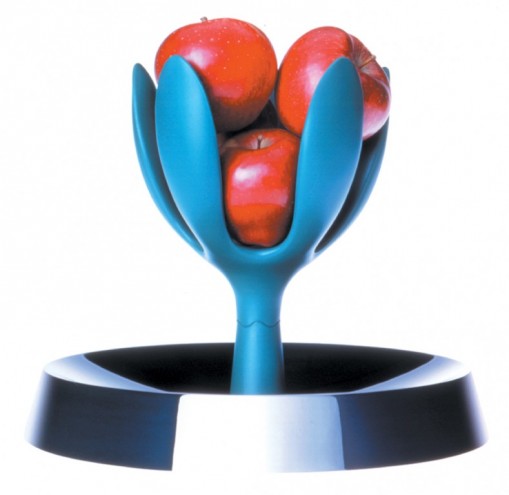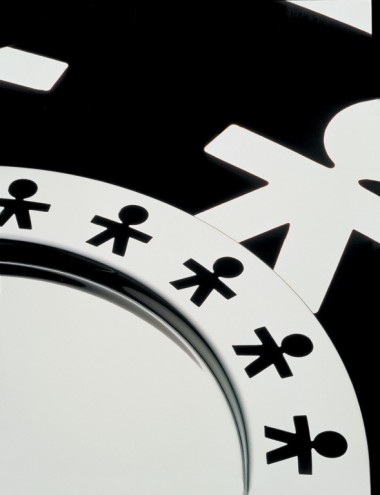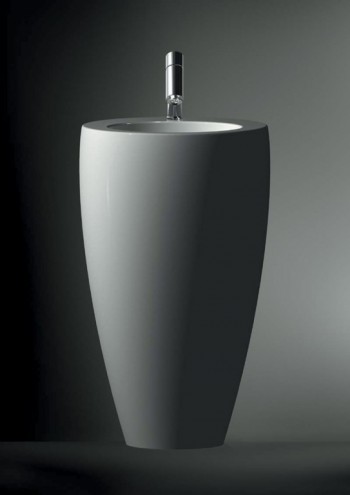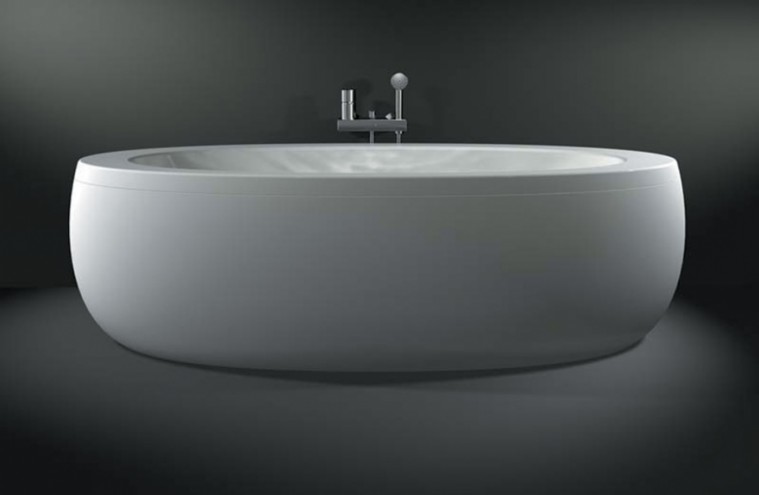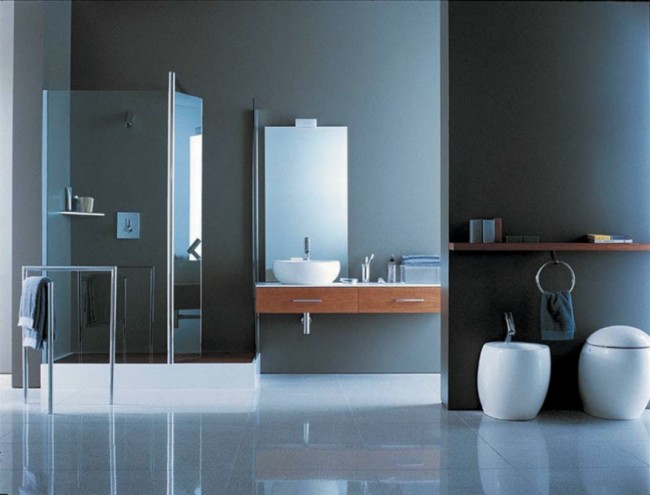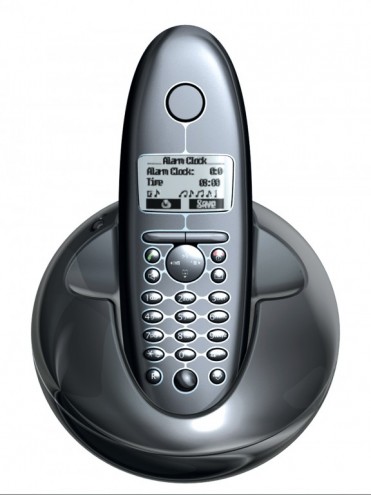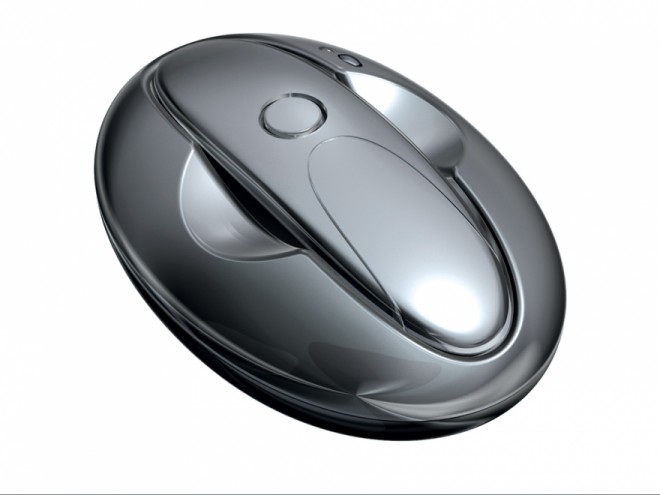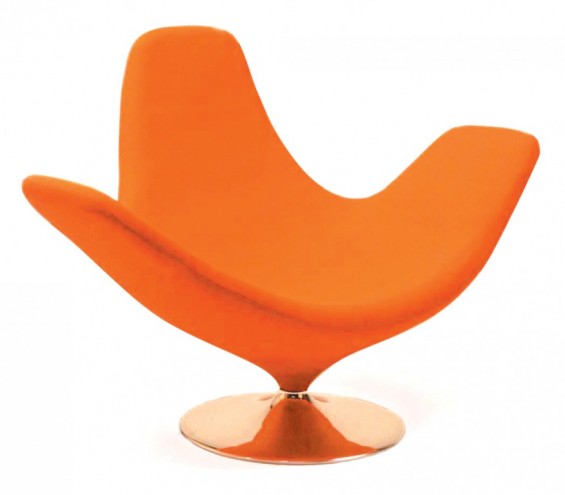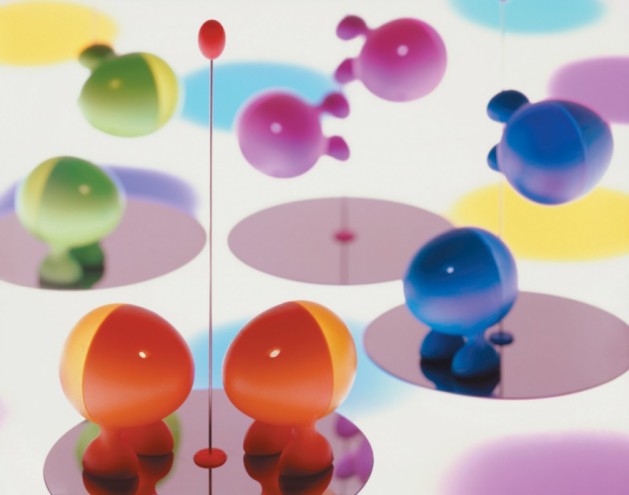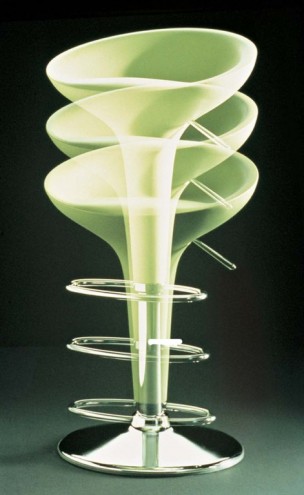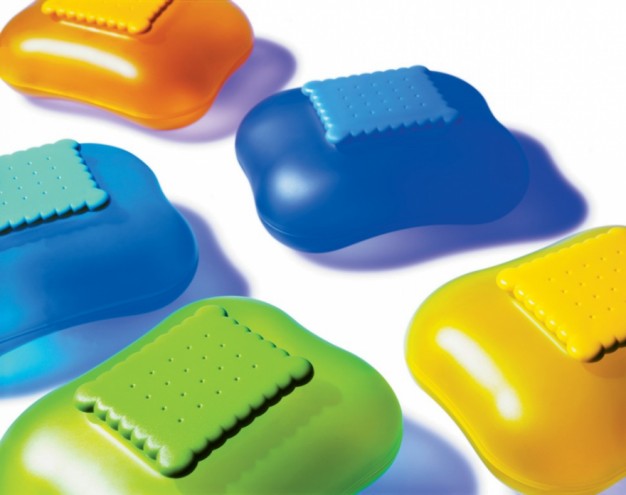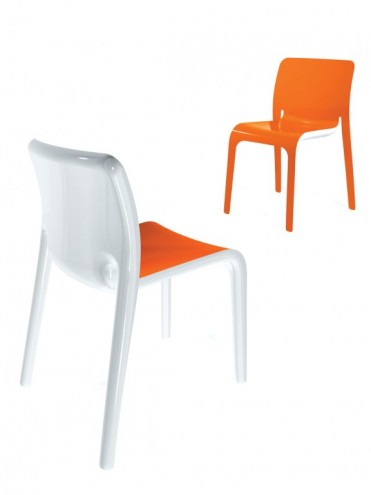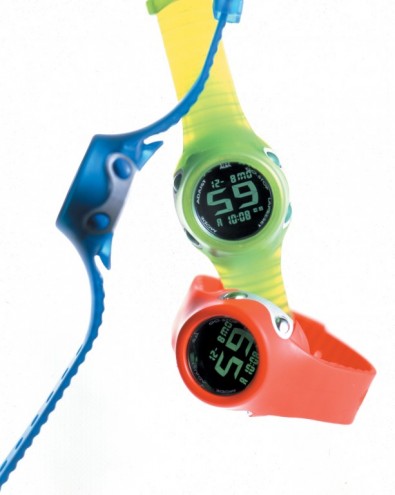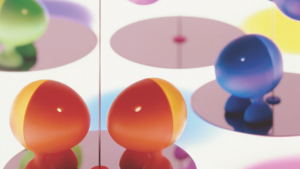First Published in
"I don't like to talk about my objects as toys," Stefano Giovannoni once commented, reaffirming it again while presenting his work at Design Indaba 2003. Rather, the influential Italian product designer prefers to describe his range of household designs as "communication projects", objects that appeal to the subconscious memory of their users. Sean O'Toole asked him to elaborate on this idea, as well as talk about his love of pop culture. The discussion that followed revealed his uniquely democratic view on the purpose of designer objects in everyday life.
You said in your talk that your designs captured a new optimism, that they captured a new youthful spirit. Can you elaborate?
When I started working in design my primary aim was to open up the context of the companies I was working with to a new category of consumer, especially a younger generation. Traditionally younger people could not access design objects from the companies I work with. When I started working with Alessi in 1988, for instance, Alessi was making objects in steel with a high market value. They had totally missed an opportunity of speaking to a larger target group. What I immediately tried to do was to open them up to this market, using a new language. I based my designs on icons that everybody could immediately recognise. Communication was the first priority - to move things from a traditional design context to a communication context. This meant avoiding language and composition, and concentrating on the message.
You use the word language often when you talk of design. What do you mean by language in a design context?
Design, like art, has many different languages. Minimalism, conceptualism, pop; there are so many different styles. In the past, particularly in the 1980s, a designer had to create a style that was personal and recognisable; it had to be in his/her own language with its own signs. In the 1990s this context totally changed, with the result that today it's not as important that each designer have his own language, that they be recognisable through their design. I think the best designers nowadays are eclectic. They don't use just one language. They work outside of one specific language, mixing languages according to their intentions, according to the message they wish to communicate.
During your talk you said that when you started designing household products, you set out to reject 'bourgeois' design values. Are you a socialist designer?
I think we all have to try to be democratic or socialist in the sense of opening things up. That is what avant-garde art attempted, opening-up, democratising the context of things. Look at how pop art democratised the context of art by using everyday references.
You also said that you were influenced by pop culture. How much has this been an influence on your work?
I was an artist when I was younger. I loved Andy Warhol, the whole pop approach. But I didn't like just pop, I liked the opposite side of the coin too, which was conceptual art. I think in the late 1990s, even today, we are moving into the late period of pop and conceptual art, in the sense that today art is finished. We don't need art anymore because today art is in everything. Art is in advertising, in music, incommunication, in television. It makes no sense to speak of art like we spoke of it in the past. We don't need avant-garde art because everything it embodied or tried has been accepted. Today art has no sense because, particularly in design, it is everywhere.
In your talk, you highlighted the importance of user feedback. Can you elaborate a bit on this?
An industrial designer works for the people. We have to take care of what people need, of what they like. We can't create projects that are only self-fulfilling. I work with industrial companies that invest a lot of money in creating popular products; I can't fail them. I have to initiate successful projects to design successful products. A bad design is a failure for me, the company and everyone else. Many journalists ask me about my 'funny' or 'amusing' products. I don't look at them as funny, they are merchandise, they sell many hundreds of thousands of units. This means that I have to take care of what people desire, not create some personal monument.
As a design innovator, how have you managed to strike a balance between creating a product for a mass market while still offering something that is personal and unique?
The mass market is not a univocal concept. Not everyone is going in the same direction. You must remember that design appeals to a niche audience, so there is a larger customer base out there that you can potentially appeal to. It is about creating products that this larger audience will recognise themselves in and want.
I heard you refer to this as designing a product to reflect what is stored in people's memory. How do you as a designer access that subconscious?
I try to imagine icons that embody the whole of an idea. Like with my Girotondo bowl. The first step in its creation was a simple tray, something that looked quite banal. We created a figurative icon that created a strong identity, the little stick figure. Instead of designing the product I just took a standard tray and cut out the icon. The emphasis was on communication instead of design. The same applied to the Mami fruit bowl. Instead of designing a designer bowl, I choose to work on the iconography of the pot. It embodied the pot your grandmother had, the pot you remember as a child. This is the aim in any project I do, to find the synthesis between signs that are clear and simple, yet are also sensual. I am a minimalist by training. My teacher was a minimalist, but not in the sense that everyone claims to be minimalist today. Starting from a minimalist point of view, I try to add a sensual element, something more emotional, warm.
Would you agree with me if I said that the reason your products are popular is because you have humanised them in some way?
Yes, I try to humanise. I try to work on the affective code because the identity of a product is the most important thing. We have to create a very strong identity for each product so that it can communicate a very clear message to people. This means communicating something that is not connected with status, not creating status symbols, but creating objects that are really more personal.

